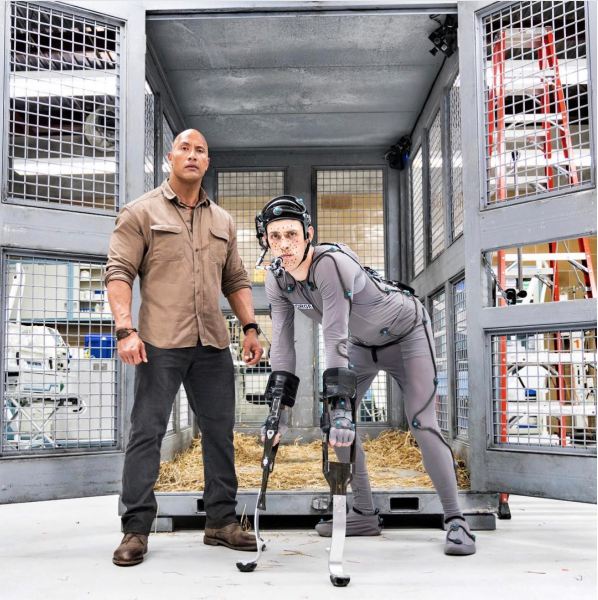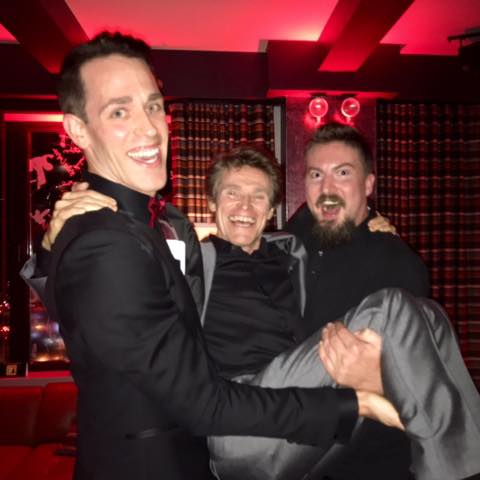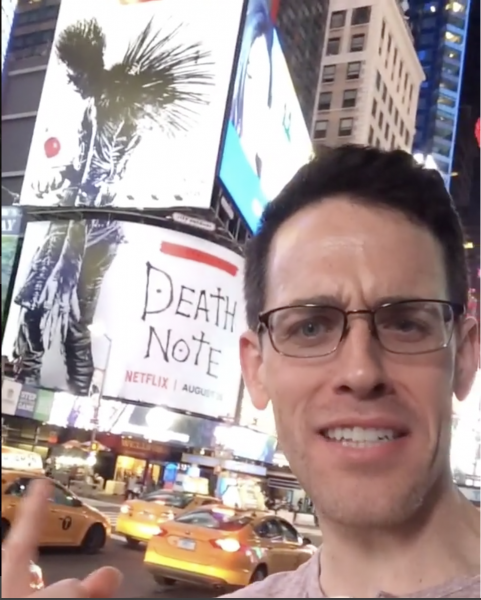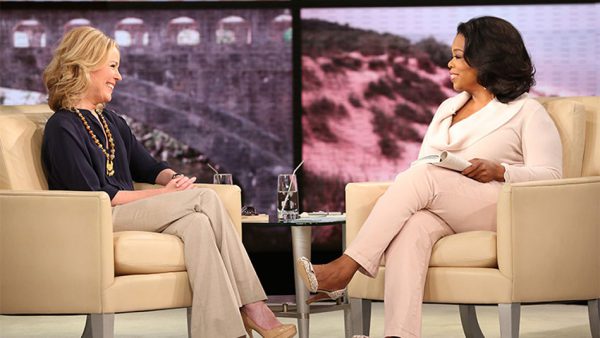Something happened this week that stunned me. On a whim, I decided to reach out to an old friend, and invite him as a guest on my podcast.
Honestly, I didn’t know what to expect from this. When I met him nearly 10 years ago, he was young, in his early 20s, and we met because we kept bumping each other at Glen Hansard shows in New York. Glen is a singer who became known for his role and songs in the movie Once. Jason and I were super fans of Glen’s work, so we would meetup hours before the shows to wait by the stage door to catch a moment with Glen, and then wait for hours after the show to meet members of the band.
Now, there is something you need to know about Jason. He’s 6 feet 9 inches tall, and probably one of the nicest people you will ever meet. His enthusiasm is just over the top… as is his height.
When I met him all those years ago, he was just starting school to go into acting. We stayed in contact, and I followed his career progress via social media updates. Then he shared something not too long ago which blew me away. This is Jason, on the right:

I thought it would be fun to interview Jason and ask him about how he got from the place of being a kid from Tennessee who dreamed of being an actor, to co-starring in a movie next to The Rock (aka Dwayne Johnson.)
But I wasn’t expecting all of what Jason shared with me. His story just astounded me; his advice was so much more than I ever could have expected. I recorded the interview on Wednesday, with the intention of sharing it in mid-September. But the next morning I felt a compelling need to share this right now. So I spend the last 24 hours rushing through production on the podcast episode and this post.
I want to share some of what Jason told me below, the things that left my jaw on the floor, and the advice that I found most actionable.
Some background on Jason: He got his big break by being cast in Men in Black III, and — today — is celebrating the release of his new movie Death Note, where he plays the villian who was so complex, that it required two actors to play the role: Jason and Willem Dafoe. Here is Jason (left) holding Willem, along with Death Note’s director:

To get a sense of how big this movie is, here is a photo of Jason seeing a 10-story tall billboard of his character from Death Note in the middle of Times Square last week:

That movie with The Rock? It will release next year, and is called Rampage. (more on that from Dwayne Johnson’s Instagram feed: here and here.)
If you are thinking, “Dan, I’m a writer, what do I care about this actor friend of yours?” I encourage you to listen to what Jason shares. This is not only a wonderful story of success, but he shares specific tactics that I think every writer and creative professional NEEDS to use if they hope to find success. You can listen to the interview above or here on iTunes; here are some highlights:
- “I got Death Note by calling a [creature] shop that someone recommended. They said they were too busy, call back in a couple months. Then the next week, on a Saturday, they called and asked what my availability was for the next four months, and if I could come in Monday morning. They had no idea who I was the week before. I said I was definitely free, because I was working at Outback Steakhouse full time when this happened. I had no idea [that Death Note] was going on when I stopped by.”
- He dealt with anxiety and panic attacks in middle school, high school and college. He actually had to leave college because of the the anxiety. Seeing how his entire line of work is about performing in front of an audience, this was astounding to me.
- How a director of theater program at a big school told Jason flat out, “You are too tall for film. Forget about it.” How did he move ahead after such bad advice? He went to Broadway shows, waited outside the stage door and ask world famous actors such as Jame Gandolfini, Susan Sarandon, Geoffrey Rush, Jeff Daniels, and others: “Am I too tall for film?” Every one of them said, “Not at all. Just do it.” As it turns out, Jason’s height is a primary factor that is getting him so many of his roles.
- How he is able to spot and approach famous actors on the street and ask them for advice. An example, “Bryan Cranston talked for about 20 minutes giving me advice when I bumped into him in Central Park with his wife, because he knew I was a young actor.” He has done this with Michael Fassbender, Daniel Day Lewis, and others as well. To me, this was a reminder to use the opportunities that are all around you. Jason didn’t have any special access, and he didn’t let himself be constrained by perceived “rules” that you can’t approach people and ask them a question.
- His first job was as a stand-in. Later on this, same company got him his his spot in Men in Black III as well as his first commercial. I can imagine Jason saying “no” to a stand-in role because it is too small. But if he had, he never would have gotten Men in Black III, never would have established his relationships with people who were critical to future roles in his career.
- Why he says that more people need to get involved in the business side of their creative profession. How, in his field, you can be an amazing actor who never gets work, because you never learn about how to make the right connections. Or vice versa, you can be a mediocre actor who always gets work because you understand how the business operates.
- How he developed relationships in the film industry with this strategy: “I would do anything to get experience: student films, non-paying plays — anything.”
- The thing that made all the difference for him: “The biggest thing that I did was to get to know people in the creature shops. Sometimes, the creature shops would be responsible for identifying the actor to play specific roles. Getting to know them, I can bypass producers, casting directors, and others. I learned who all the shops are, and keep in touch with them.”
Thank you to Jason for taking the time to share your story and advice.
You can find Jason in the following places:
Instagram
IMDB
Thanks!
-Dan
Podcast: Play in new window | Download
Subscribe: RSS

